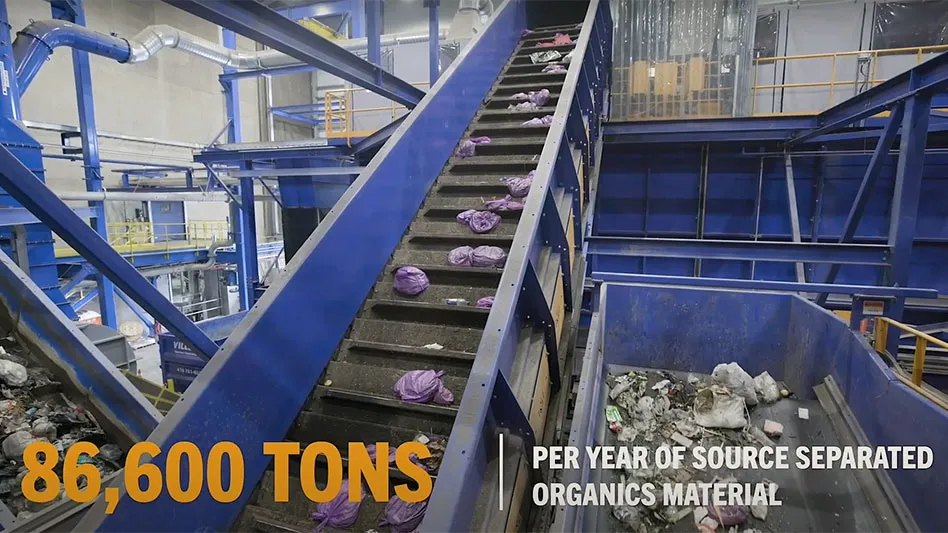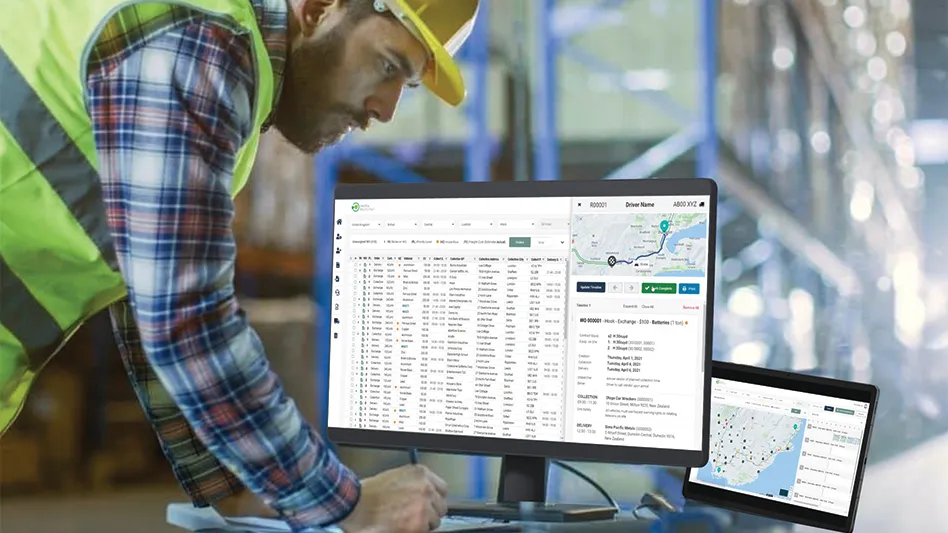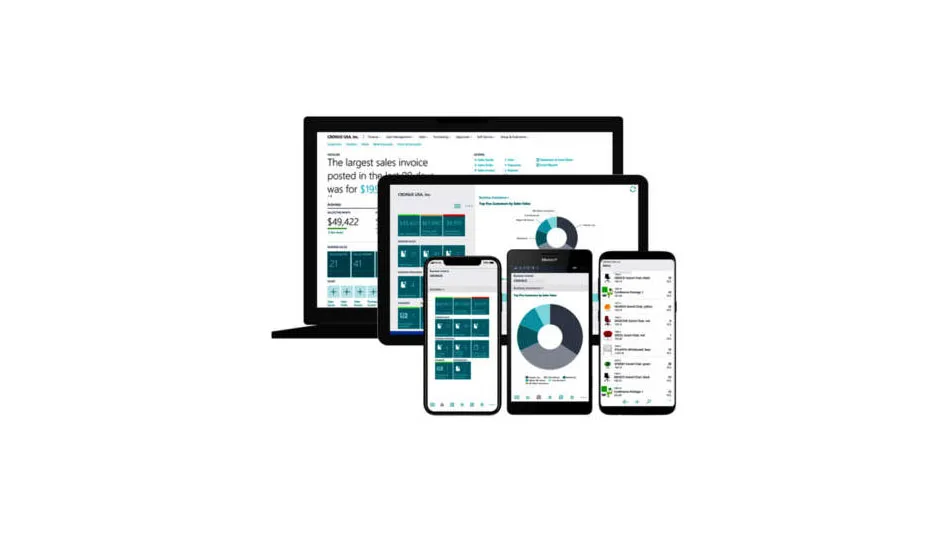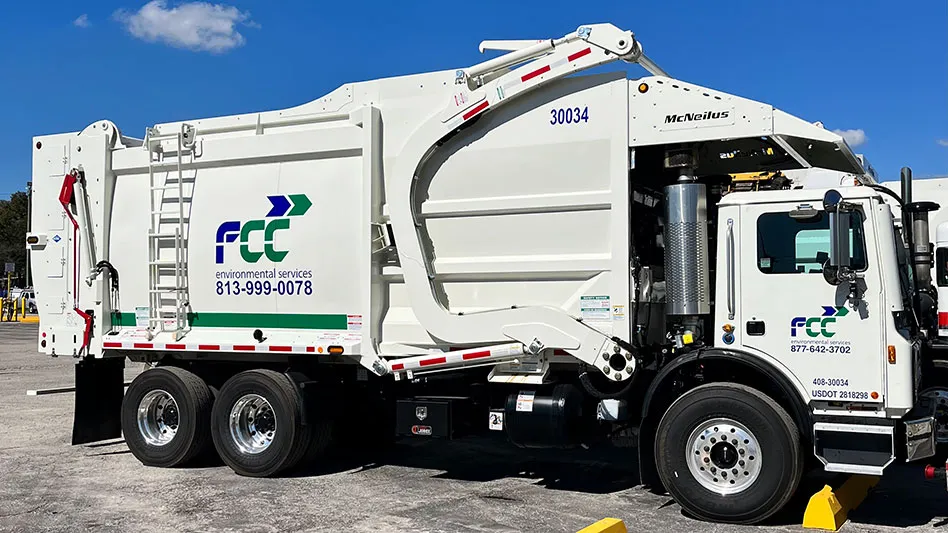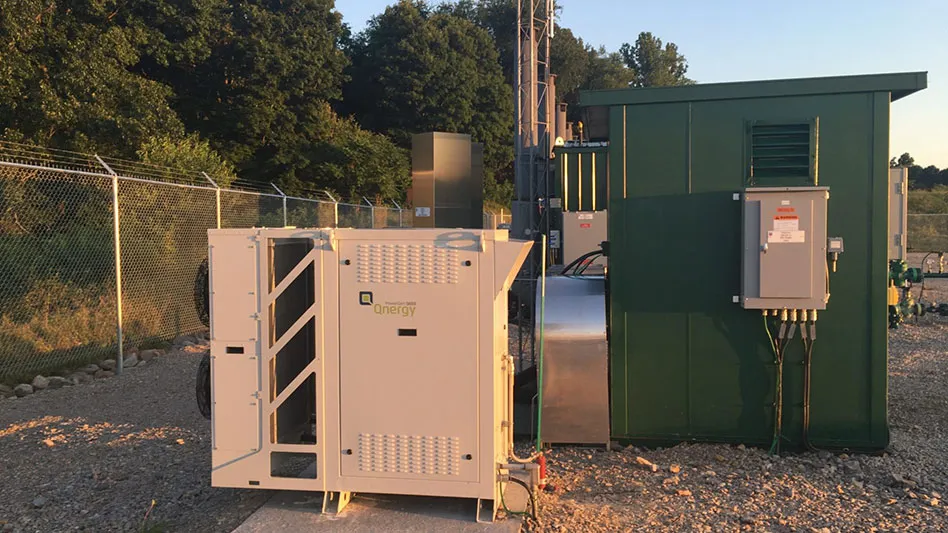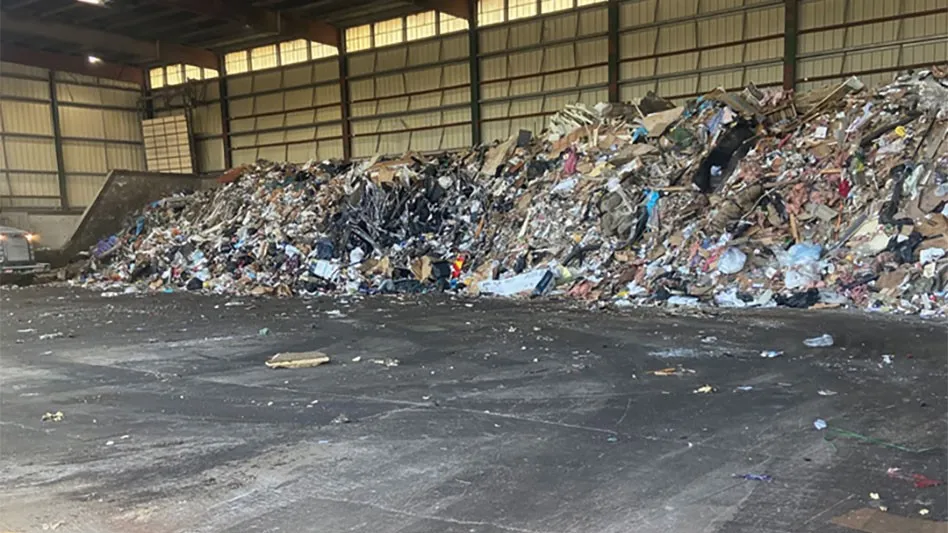
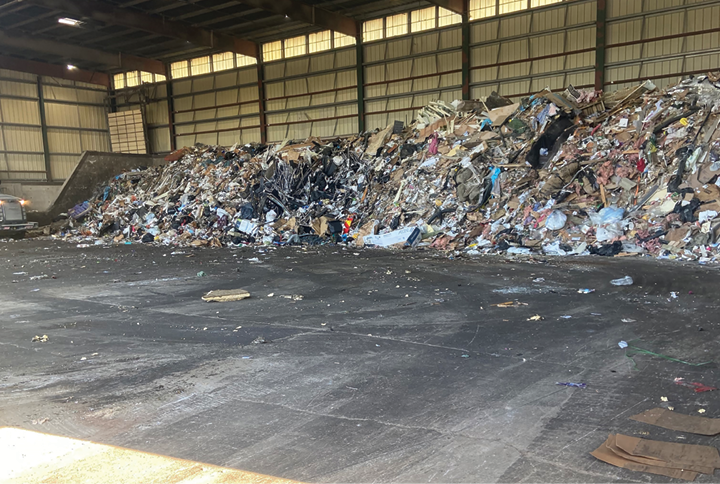
As the dust begins to settle on the site of a newly constructed transfer station, many operators are often left with the daunting question, “Now what?” After overcoming what seems like an endless list of regulatory hurdles, beginning to create a thorough management plan can feel like the ultimate feat.
At its core, the overall operation of a transfer station is similar to that of a truck terminal. Small, local collection vehicles will deliver materials to a centrally located facility where contents are emptied for temporary storage. Once there, materials are loaded into larger vehicles for transport to either recovery, recycling, treatment or waste disposal facilities.
Transfer stations are generally designed for a continuous flow of materials through this process, which means efficiency and maintenance are key to achieving successful operations.
Keep traffic flows in mind. Consistent traffic flow is essential for safe transfer station facilities. Primary vehicle patterns, including various road surfaces, through lanes, turning radii and different on-site locations are examples of factors to consider when designing and operating a transfer station.
The safest traffic movements are one-way in a counterclockwise direction, with very few instances of traffic crossings and intersections. Minimizing conflicting movements not only prevents accidents but minimizes congestion and supports efficient operations. Separating commercial collection vehicle traffic from smaller vehicles also supports efficient operations and encourages a safe operation.

Tractor-trailer transfer trucks and large commercial collection vehicles require a wide turn radius when compared to smaller collection and passenger vehicles. Designing and maintaining roadways with a wide enough turn radius to safely turn large trucks is critical to maintaining continuous movement in and around a transfer station.
Avoid congestion at the scale. Designing a transfer station with sufficient queuing space for several vehicles before they mount the scale is critical for efficient operations, maintaining positive community relations and ensuring a safe facility for ingress and egress of on-site traffic. Queuing lanes should be long enough to get site traffic off the main roadways and minimize the impact on off-site traffic. This alone can make a difference in the overall perception of the facility, as well as the flow of traffic, both on-site and off.
Maintaining software and general accounting practices that allow for minimal time spent at the scale for weighing inbound loads, signing scale tickets, communicating with the scale attendant and exiting the scale to move closer to the tipping floor are critical tools for supporting efficient, but economically effective operations.
When a transfer facility operates with one scale, the need for outbound weights hinders traffic flow, and there is no backup option for weighing inbound loads to collect monies associated with tip fees charged. Most efficient sites operate with one inbound and one outbound scale that curbs some of the need to stop traffic, but also provides for contingency planning if one scale fails. In addition, a software program coupled with policies that allow for fare weights and other regular account information to be saved prevents the need for weighing every outbound truck as it exits the site.
Labor shortages have led some companies to choose virtual scale attendants to weigh inbound and outbound trucks. This may be beneficial, but the value of having someone who not only provides a face for customer service at a transfer station, but also someone who drivers and operators can interact with, provides value to the overall operation. In the event there are questions about billing or specific loads, on-site personnel can solve problems as they occur. The scale also serves as a point for regulatory compliance, billing and invoicing, data collection, radiation testing and waste screening, which requires added support not offered by a virtual attendant.

Maintain a safe and clean tipping floor. The tipping floor serves as the temporary storage space for materials delivered to the facility. Maintaining a safe distance between incoming collection trucks, waste handling equipment and other obstacles ensure efficiencies, but, most importantly, contribute to a safe operating environment.
Minimizing nuisances such as dust, litter, odor and unwanted animals starts at the tipping floor. Containing materials inside of an enclosed building, using misters to reduce dust and continually moving materials through the facility reduces odors and prevents the presence of unwanted vermin and scavengers.
Watch out for undesirable materials. Depending on the types of waste and recyclables accepted and when materials are sorted, designated places for each type of material should maintain an organized workspace on the tipping floor. Keeping the tipping floor clear reflects best management practices and helps maintain safe, operational efficiencies.
It is common for unacceptable materials to arrive at a transfer station from collection vehicles. Using the tipping floor as a platform for identifying and segregating prohibited materials ensures hazardous wastes, special wastes and wastes that may cause fire or other disasters are effectively managed before they are loaded onto transport vehicles.

When loaded tractor-trailers are staged for transporting materials from a transfer station, being proactive in managing rodents, birds and other pests is critical to the effective management of a facility. Enclosed trailers are typically more expensive than open-top units, but they do provide added protection from scavengers and reduce the need for ongoing exterminator services.
Consider your neighbors. Noise from heavy commercial trucks, hauling trucks and equipment, an unenclosed tipping floor and inadequate buffering vegetation are some reasons neighbors of a transfer station may complain.
Maintaining amenities as part of a general facility maintenance plan will ensure continued support from the local community.
Litter also is an ongoing problem in and around any facility devoted to waste and recycling functions with the primary offenders often being trucks with untarped loads. Maintaining regular litter patrol should be part of any operations plan. Adding resources to collect litter from inside the site, around the boundaries of the property and approximately a mile in each direction from the entrance or exit of the transfer station proves to be a welcomed response when added litter accumulates because of windy weather or other similar events.
Communicate with your team. Training personnel and encouraging regular communication amongst staff, customers and others on-site is an ongoing team effort. Proper handling of specific waste streams can be dependent upon the newest product on the shelf at the local retailer. Regulations directly affecting operating procedures, handling of hazardous and special wastes, active safety training, notice for special events, reminders to follow facility rules and other similar topics should be discussed on a regular basis to ensure consistency in communications and adherence to procedures.

Communication between the scale house, facility management and transfer station operators also is critical to the safety and ongoing efficiency of any transfer station operation. Two-way radio communication for staff should be a requirement in any operations plan.
Any facility dependent on equipment and people should have a contingency plan for operating under abnormal circumstances. Contingency planning can include equipment failure, site maintenance, labor shortage, natural disaster response and any other situation that is not ideal. Developing a contingency plan based on situations as they arise will provide a strong foundation with a toolbox full of options for responding when unforeseen events occur.
Regardless of the materials processed, the vehicles used for transport or the location of a transfer station, the purpose is the same—condense smaller loads of materials into larger loads for more efficient operations. The primary purpose of solid waste management is to protect public health, and the key to successful transfer station management is to keep those materials moving through the process in the safest, most efficient way possible.

Explore the May June 2022 Issue
Check out more from this issue and find you next story to read.
Latest from Waste Today
- AMCS showcasing Performance Sustainability Suite at WasteExpo
- New Way and Hyzon unveil first hydrogen fuel cell refuse truck
- NWRA honors award recipients during annual breakfast at WasteExpo
- Rubicon selling fleet technology business, issuing preferred equity to Rodina Capital
- Machinex to feature virtual tour of Rumpke MRF at WasteExpo
- Reworld releases 2024 sustainability report
- Novolex invests in Ozzi
- Routeware to unveil product updates at Waste Expo
